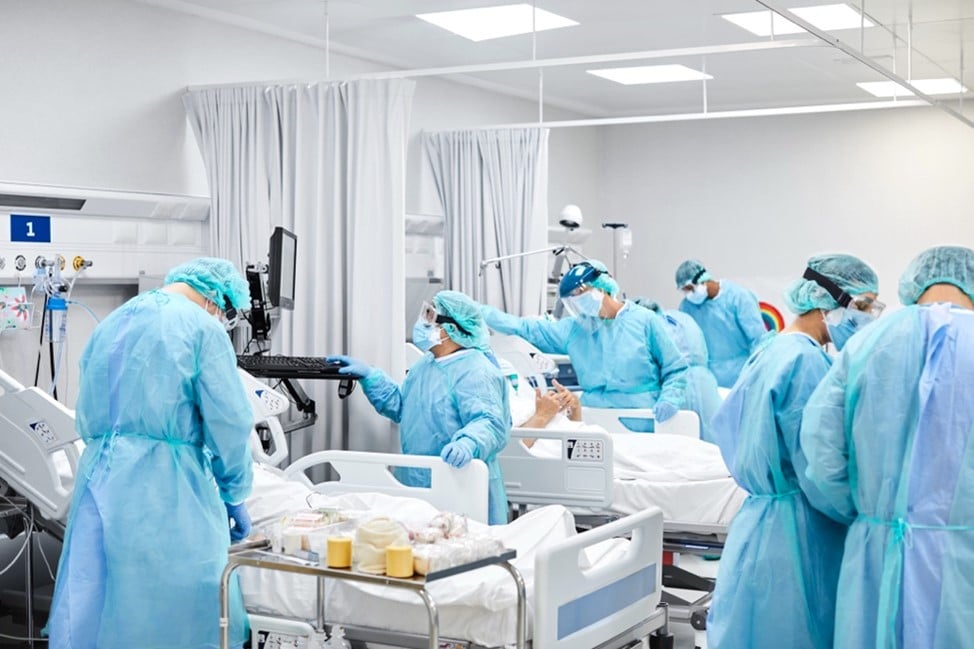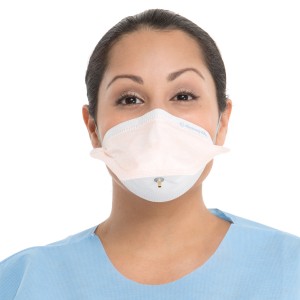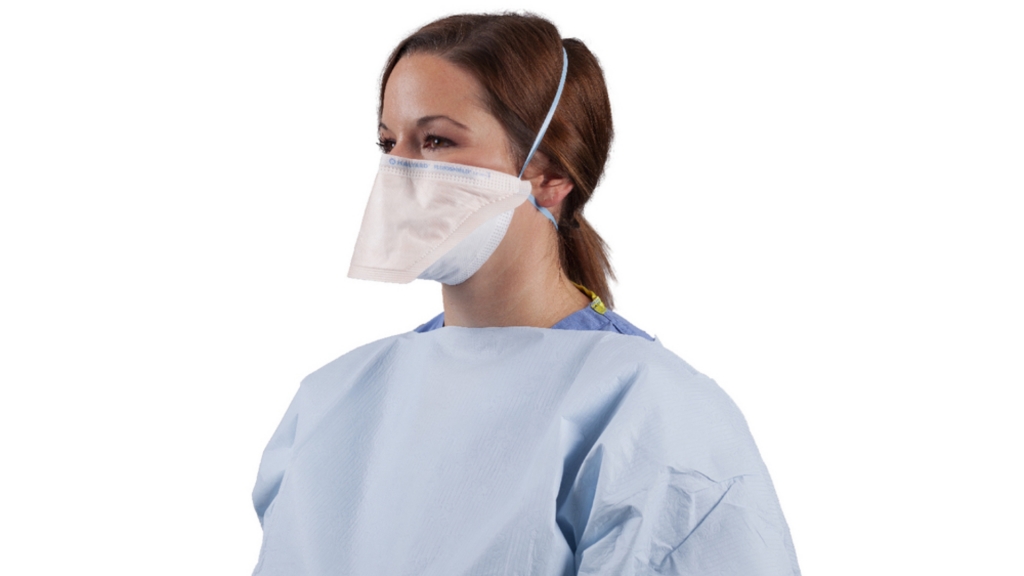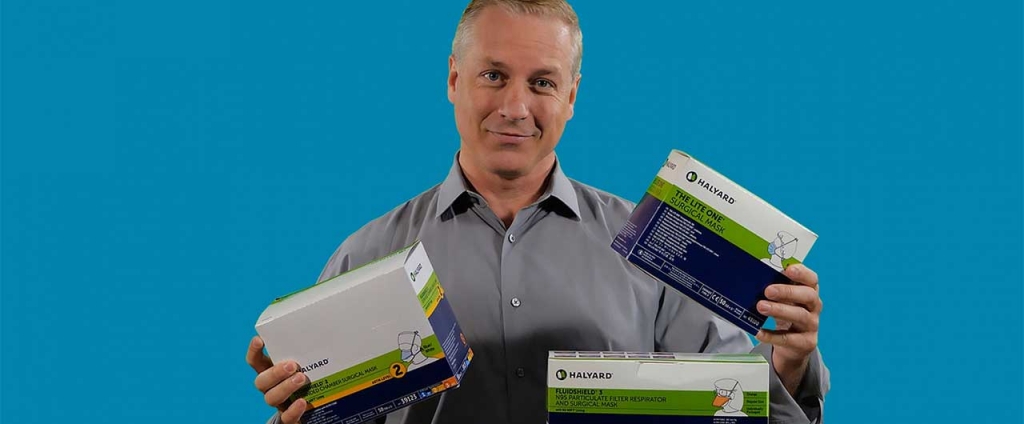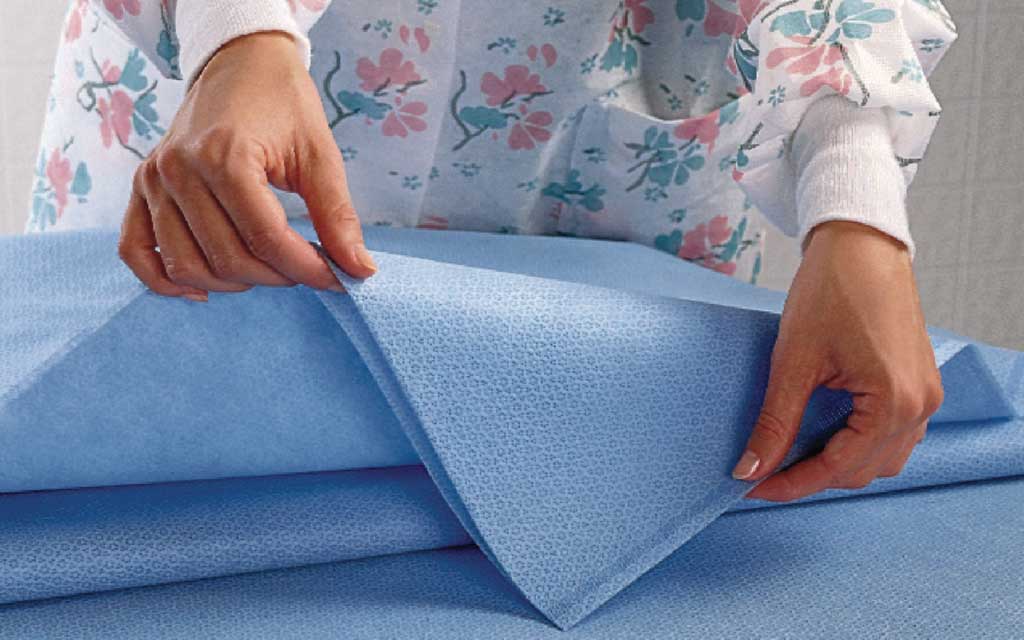Continued Protection Throughout the Winter
Concerns of a ‘tripledemic’ continue as individuals get sick with COVID-19, flu and respiratory syncytial virus (RSV) this winter. The Centers for Disease Control and Prevention (CDC) continues to anticipate that the winter respiratory disease season will likely result in a similar number of hospitalizations as last season. While this number could change, the CDC says that the U.S. most likely will see greater hospitalizations than in seasons before the pandemic.1
As people gather indoors and travel for the holidays, it is crucial that health professionals, facilities and medical supply distributors stay ahead of these pathogens and the expected care influx to ensure patient safety this winter.
All three viral infections produce similar symptoms like fever, cough, runny nose or headaches. They also all come with the possibility for severe complications if adequate precautions are not taken seriously, and it is important for healthcare professionals and patients to protect themselves.
Use Appropriate Facial Protection
It has been proven that masking is an easy and highly effective way to protect against COVID-19, but it is also effective in protecting against other viral infections like flu and RSV that are transmitted through droplets.
The first step in effective masking is making sure you have the right masks on hand to properly protect you and your employees. While mask guidance continues to evolve, N95 masks with 160 mmHg fluid resistance, the highest recognized level of protection, are a great option for protecting against viruses and other pathogens. N95 masks are reliable2, regulated by various governing bodies and tested in depth to ensure proper protection for healthcare workers and their patients.
The second step in effective masking is making sure your staff is compliant with current industry and organizational guidance. Masks are only effective when healthcare providers follow the guidelines. Your team may require an educational refresher on masking standards around issues like re-wearing masks and when or when not to use certain mask types. A 2022 study by Owens & Minor found that two out of three healthcare provider respondents, including surgeons and surgical teams, indicated wearing masks for multiple procedures, which was up from nearly one out of two prior to the pandemic.3
The third step in effective masking is choosing the right partner to provide your staff with products that will keep them protected at the right time and in the right place. Working with a reliable distributor that operates on data driven solutions and has end-to-end control of its entire supply chain will only help your organization feel more prepared for whatever pathogen comes through the door this winter.
Ensure Your Workforce is Prepared
Once you have followed all of the steps for effective masking, it is important to ensure your inventory consists of the proper masks, and enough masks, to face the anticipated demand tied to the current surge of respiratory viruses. Partnering with a distributor that has deep expertise in crisis situations, Americas-based manufacturing, reliable delivery and strong supplier relationships will help eliminate disruptions and ensure you can focus on meeting patient needs and protect your workforce.
With the anticipated round two of the tripledemic, healthcare providers should be prepared for what is ahead. Allow for optimal patient outcomes, and peace of mind, by equipping your employees with the right face masks and guidance in advance.
Contact Owens & Minor to ensure you are prepared and protected with HALYARD* products this respiratory season
1. Centers for Disease Control and Prevention – Respiratory Disease Outlook
3. Owens & Minor – What’s The Difference: Surgical Masks vs N95 Respirators
4. Owens & Minor – 2022 Surgical Mask Research Report. Data on File.


